Understanding Roof Inspections
Regular roof inspections are a critical component of home maintenance, yet they are often overlooked by homeowners. A well-maintained roof is essential for protecting your home from the elements and ensuring the safety and comfort of your family. In this article, we will delve into the importance of roof inspections, what they entail, and how often they should be conducted.
Why Roof Inspections Are Important
1. Early Detection of Damage: Roof inspections can identify minor issues before they become major problems. Small leaks, damaged shingles, or minor structural weaknesses, if left unattended, can lead to significant damage over time. Early detection allows for timely repairs, saving you money and preventing extensive damage to your home.
2. Extending Roof Lifespan: Regular inspections and maintenance can significantly extend the lifespan of your roof. By addressing wear and tear promptly, you can avoid premature roof replacements and maximize the return on your investment.
3. Preventing Water Damage: A damaged roof can lead to water infiltration, causing mold growth, wood rot, and damage to your home's interior. Regular inspections help ensure that your roof remains watertight, protecting your home from water-related issues.
4. Maintaining Energy Efficiency: A well-maintained roof plays a crucial role in your home's energy efficiency. Inspections can identify areas where insulation or ventilation might be compromised, allowing you to make necessary adjustments to keep your home energy-efficient and comfortable.
5. Ensuring Safety: A compromised roof can pose safety hazards, such as structural instability or the risk of falling debris. Regular inspections help ensure that your roof remains safe and secure, providing peace of mind for you and your family.
What a Roof Inspection Entails
A comprehensive roof inspection typically involves several key components:
1. Exterior Inspection: The exterior inspection focuses on the condition of the roofing materials, such as shingles, tiles, or metal panels. The inspector will look for signs of damage, such as cracks, curling, blistering, or missing shingles. They will also check for moss, algae, or debris that could compromise the roof's integrity.
2. Flashing and Seals: Flashing and seals around roof penetrations, such as chimneys, vents, and skylights, are inspected for signs of wear or damage. Properly functioning flashing and seals are essential for preventing water infiltration.
3. Gutters and Downspouts: The inspector will examine the gutters and downspouts to ensure they are free of debris and properly directing water away from the roof and foundation. Clogged or damaged gutters can lead to water backup and roof damage.
4. Roof Structure: The structural components of the roof, such as rafters and trusses, are inspected for signs of sagging, rot, or other structural issues. A solid roof structure is crucial for the overall stability and safety of your home.
5. Attic Inspection: The attic is inspected for signs of water infiltration, proper insulation, and adequate ventilation. Moisture or mold in the attic can indicate roof leaks or ventilation problems that need to be addressed.
How Often Should Roof Inspections Be Conducted?
The frequency of roof inspections depends on several factors, including the age of your roof, local weather conditions, and the type of roofing material. Here are some general guidelines:
1. New Roofs: For newer roofs, an inspection every two to three years is usually sufficient. However, it's still a good idea to check your roof after severe weather events.
2. Older Roofs: As your roof ages, it becomes more susceptible to damage. For roofs over 10 years old, annual inspections are recommended to catch any potential issues early.
3. After Severe Weather: Regardless of your roof's age, it's essential to inspect it after severe weather events, such as heavy storms, high winds, or hail. These events can cause significant damage that might not be immediately apparent.
4. Before and After Winter: In regions with harsh winters, it's beneficial to inspect your roof before and after the winter season. This helps ensure your roof is prepared for the challenges of winter weather and allows for any necessary repairs after the season.
DIY vs. Professional Roof Inspections
While it's possible to conduct a basic roof inspection yourself, professional roof inspections offer several advantages:
1. Expertise: Professional roof inspectors have the training and experience to identify issues that might be overlooked by an untrained eye. They can provide a thorough assessment of your roof's condition and recommend appropriate repairs.
2. Safety: Roof inspections can be dangerous, especially for steep or high roofs. Professional inspectors have the necessary safety equipment and training to perform inspections safely.
3. Comprehensive Evaluation: A professional inspection includes both exterior and interior evaluations, providing a complete picture of your roof's health. They can also offer valuable maintenance tips and advice on extending your roof's lifespan.
Conclusion
Regular roof inspections are essential for maintaining the integrity, safety, and efficiency of your home. By identifying and addressing minor issues early, you can prevent costly repairs, extend the lifespan of your roof, and protect your home from water damage and other potential problems. Whether you choose to inspect your roof yourself or hire a professional, making roof inspections a part of your regular home maintenance routine is a smart investment in your home's future.
